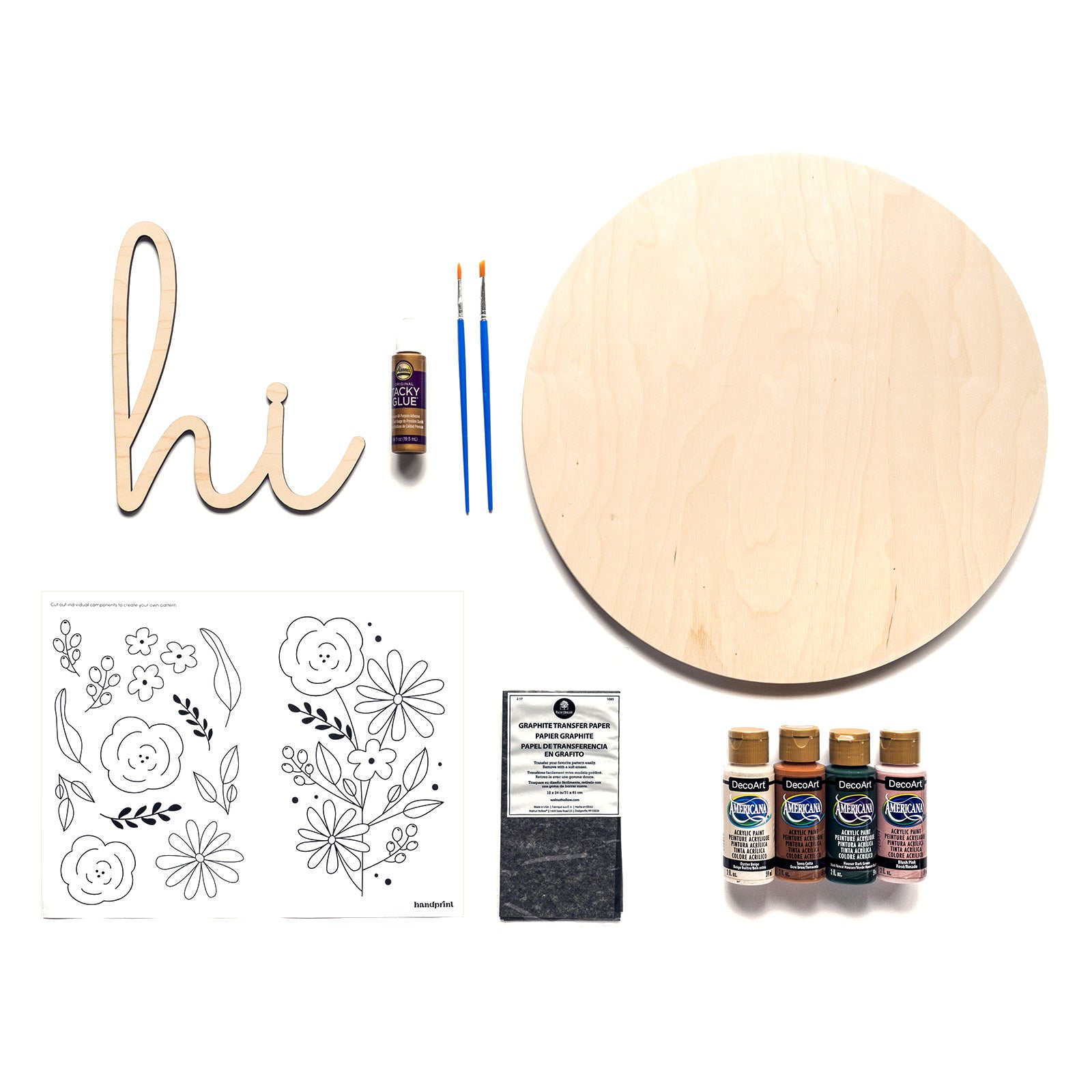Finishing Wood Projects with Paint
So, you're ready to elevate your wood projects from amateur to professional? Let's talk paint. Forget haphazard strokes and uneven finishes. It's time to master the art of painting wood like a pro. Follow these Walnut Hollow-approved steps for a flawless finish every time.
Gear Up: Before diving in, gather your essentials: safety glasses, dust mask, ear protection (if using an orbital sander), and gloves. Now, let's prep those supplies:
- Primer (consider a spray for quick coverage)
- Interior, acrylic-latex paint
- Paint trays
- Paintbrushes
- High-density foam rollers
- 180- and 220-grit sandpaper
- Tack cloth/clean cloths
- Clear polycrylic protective finish (optional)
- Shop vacuum (optional)
- Orbital sander (optional)
- Dropcloth/work surface protection (optional)
-
Prep Your Workspace: Cover your work area to shield it from dust and drips. Keep it clean for a smoother process.
-
Sand with Precision: Grab your 180-grit sandpaper and go over every surface. Don't forget the nooks and crannies. Aim for a smooth, slightly fuzzy texture for optimal paint adhesion. Vacuum up the sawdust and wipe away any remaining debris.
-
Apply Primer: Primer is your best friend. It seals imperfections and prevents uneven drying. Use a brush and roller for even coverage. Let it dry completely before moving forward.
-
Fine-Tune with Sandpaper: Once the primer is dry, lightly sand with 220-grit paper to smooth out any bumps. Clean up the residue for a clean canvas.
-
Paint Your Base: Apply the first coat of paint using a brush or roller, depending on your project's size and complexity. Follow the grain and allow ample drying time.
-
Smooth It Out: Yes, sand the paint. Embrace the process. Lightly sand with 220-grit paper for a flawless finish. Clean up one last time.
-
Apply Final Coat: Add the second coat of paint for that professional touch. Let it dry completely before applying a clear protective finish or allowing it to cure.
While shortcuts are tempting, mastering the art of painting wood requires attention to detail. Follow these steps for stunning results. Your wood projects deserve it.

Leave a comment